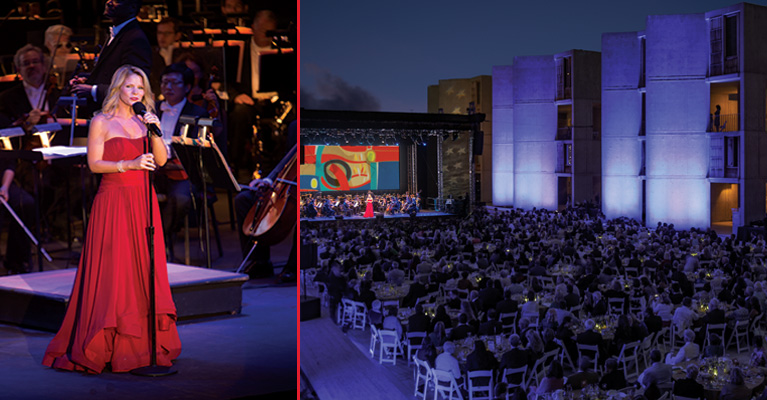

In their new book for greater health throughout our lives, Salk President and Nobel Laureate and health psychologist Elissa Epel explain an important aspect of the aging process in humans at a fundamental level. Based on this science, they share the changes people can make to their daily habits that will keep them vital and disease-free. Released in early January, The Telomere Effect: A Revolutionary Approach to Living Younger, Healthier, Longer made The New York Times Best Sellers list three weeks later. Windows Xp Home Edition Deutsch Iso. Their road map explaining the science of aging and habits to live well ranked #15 in the nonfiction hardcover category and #13 for e-Books nonfiction. The book outlines how the length and maintenance of one’s telomeres provide a biological basis for bettering health, and includes information on how sleep, exercise, diet and even social connections profoundly affect telomeres and how chronic stress can eat away at them.
Included are lists of which foods are healthy for telomeres; how aging begins in utero; information about protecting sleep and tips for exercising; and the impact of stress and ways to manage it.. A decade ago, Doug Jacobs was much like any other junior at La Costa Canyon High School—thinking about which colleges to apply to and what he wanted to study. Today, the internal medicine resident physician and health policy researcher at Brigham and Women’s Hospital in Boston credits his career in part to the Salk Institute’s program. “In many ways, the program jumpstarted my interest in science and medicine,” says Jacobs, who landed a spot in lab over the summer of 2006 to research proteins related to HDL cholesterol. “I hadn’t gotten my hands dirty in the science world yet.
It’s one of the few programs that gets students into the lab doing work.” For more than 40 years, the intensive eight-week High School Scholars program has given students that rare hands-on bench research experience in a Salk lab under the tutelage of a faculty member. The scholars maintain laboratory notebooks, formulate and test hypotheses and prepare experiments, concluding their summer with a presentation of their findings before mentors, lab colleagues and families. Sakina Palida, a postdoctoral researcher who currently studies molecular mechanisms of neurodegeneration at Cedars-Sinai Medical Center in Los Angeles, first became interested in scientific research as a career as a 16-year-old High School Scholar in lab.
“I not only saw how scientists approach biological questions in the lab, but I actually got to participate in the research and acquire technical and analytical skills that helped me in both my undergraduate studies at UC Berkeley and graduate research in Roger Tsien’s lab at UCSD,” says Palida. “My experiences through the summer program and the people I interacted with, including Dr. Chory and my postdoc mentors Greg Vert and Jesse Woodson, were altogether invaluable to my development as a scientist.” In 2014, the program was renamed the Heithoff-Brody Scholars Program for Salk supporter Ken Heithoff and former Institute president William Brody. Heithoff was inspired to make a generous gift to Salk’s Education Outreach program after seeing the mentorship his grandson Cameron received as a scholar for two consecutive summers in the labs of and. “I can’t tell you how important mentors were in my own background,” says Heithoff, a physician. “In the Salk Institute, I see an opportunity for really strong, scientifically-minded kids to become the next generation of Nobel laureates. Those are the people who change history and that’s why I want to give that experience to more kids.” Mentorship is one of the best memories Stephanie See has of her 2006 High School Scholars summer.